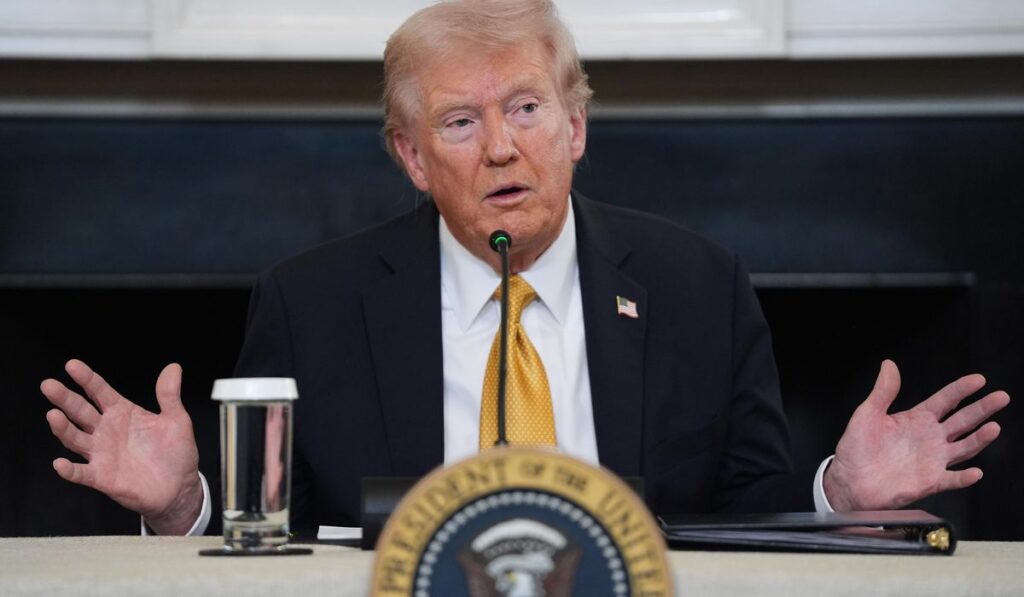President Trump said late Thursday that he was ending “all trade negotiations” with Canada because of a television ad opposing U.S. tariffs that he said misstated the facts and called “”.
The decision landed like a thunderclap across trading rooms and political halls, and it was meant to be heard loud and clear. Framing the move as a reaction to a television ad makes the point simple: media messaging can become a bargaining chip. The White House’s public stance ties perception directly to policy, and that linkage is what changed the tone of talks overnight.
Tariffs are not abstract; they are tools that protect American workers and industries when foreign partners push unfair limits. From a Republican point of view, tariffs are leverage, not punishment. If a partner uses public messaging to undercut that leverage, the response should match the seriousness of the perceived offense.
Calling off talks signals that the administration will not negotiate under a cloud of misinformation. The president highlighted the ad as having misstated the facts, and that allegation alone shifted the calculus. When misinformation is deployed against a nation’s policy, it erodes trust in the negotiating table and can justify a harder line.
Trade negotiations work when both sides play straight and put national interest first. If one side uses public campaigns to shape domestic opinion against another’s policy, it’s reasonable to step back and reassess. This move forces a reset: either Canada recalibrates public messaging and returns to fair talks or the U.S. pursues other channels to protect its industries.
Businesses caught in the middle will be watching closely for measurable shifts in tariffs and supply chains. Firms need certainty, but certainty has to come from clear and honest negotiation, not spin. Ending talks temporarily can be messy, but it can also be a strategic pause to prevent long-term harm.
Politically, the move plays to a simple principle: negotiations are for equals, not for players who try to rewrite facts to sway outcomes. The Republican perspective favors firm defenses of American interests and clear consequences when foreign partners engage in what the administration sees as misrepresentation. That firmness is meant to preserve negotiating credibility across a range of issues, not just the immediate tariff dispute.
There are risks, of course, when diplomacy goes quiet and markets rattle. The president’s statement arrives as both warning and posture: it warns against media-driven distortions and reasserts that the administration will protect its leverage. At the same time, it telegraphs that a return to the table is possible if conditions change.
Practical next steps could include quiet diplomacy, stricter verification of public claims, or alternative negotiations focused on binding guarantees rather than headlines. The United States can also diversify trade relationships to reduce exposure to sudden political standoffs. Any path forward will depend on whether Canada chooses to address the factual concerns raised or doubles down on a public narrative that the administration considers inaccurate.
Ultimately, the president’s move underscores a broader lesson about modern diplomacy: perception matters as much as policy, and public messaging can alter the course of official talks. Ending “all trade negotiations” with Canada over a television ad is a blunt instrument, but from this perspective it’s a clear reminder that national interests come first. The immediate quiet may be uncomfortable, but the aim is to safeguard long-term bargaining power and ensure that future discussions happen on honest terms.



